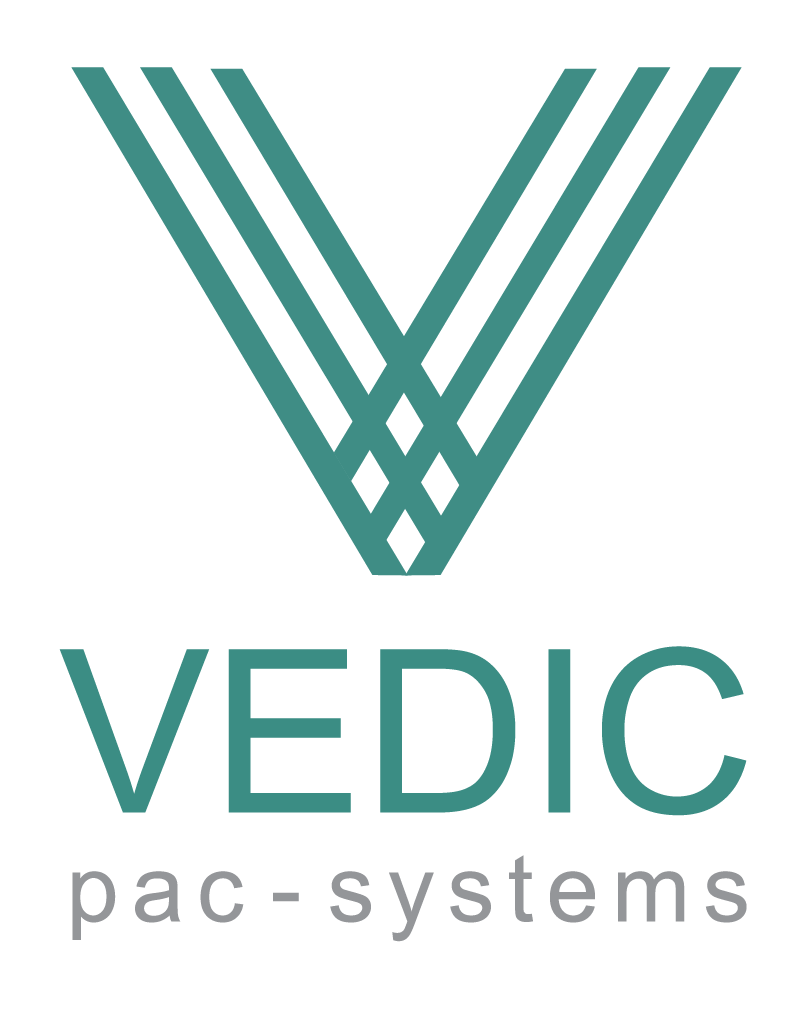Mr. Sudhakar Kasture is consultant to CHEMEXIL (Basic Chemicals, Pharmaceuticals & Cosmetics Export Promotion Council) set-up by the Ministry of Commerce, Government of India. He is also the director of the EXIM Management Institute (an Institute recognized by the Indian Merchants’ Chamber,) which offers courses to train students for the Diploma in Export-Import Management awarded by IMC. Apart from the above, Mr. Kasture is a guest faculty to at least 15 premier academic institutions.
Here, he discusses, with Biren M. Sampat of Vedic Systems, the current Exim Policy and how it is helpful to importers and exporters.
A. Briefly, Mr. Arun Jaitley has attempted to provide a fresh thrust to export growth. The focus is on providing cheaper capital goods through easier import norms for second-hand capital goods for manufacturers, a huge cut in export obligation under the Export Promotion Capital Goods Scheme (EPCG) scheme which allows import of capital goods, including jigs, fixtures, dies, moulds and spares at 5% customs duty subject to an export obligation, a package for special economic zones (SEZs) and import sops for services sector.
A. The present policy waives the actual-user restrictions on import of capital goods that are less than 10 years old. This is expected to help manufacturing sectors like textiles, which are long due for an overhaul. In this way, capital goods (which only could be afforded by certain well-to-do companies due to the price) will now be accessible by many more companies due to the actual-user restriction being waived. This opens the door to traders which will bring in low-cost equipment into the market for onward sale to the final consumer and the repairs and recondition segment.
A. Capital goods will become cheaper for the users. Second-hand capital goods up to 10 years can also be imported under the amended EPCG scheme. In addition, the export obligation is now eight times the amount of duty saved instead of five times the CIF value of the goods as was the case in the earlier policy. Let us consider the following example to make things clear. Generally, capital goods (machinery) attract a 25% rate of duty. Considering the Additional Duty component (say 16%) and the Special Additional Duty component (4%), the total effective rate of duty works out to be 50.8%. If this capital good is imported under the amended EPCG scheme (which imposes a 5% concessional rate of duty,) the duty saved component equals 45.8%. Eight times the duty saved means an export obligation of 366.4% of the CIF value of the imports. This is considerably low when compared to the obligation of five times the import value of the capital good. This low export obligation will be a boon to the investment in the domestic economy. Even the most backward of factories should be able to find foreign buyers and will be able to retire the export obligation well within the period of eight years. Bank guarantees may not be necessary as the unit can fulfill the obligation on the very next day of issue of license. It is not very clear how the manufacturers who have already used this facility will be treated. In other words, it is not clear if will they get a similar concession in their export obligation. The following table illustrates the example.
| CIF Value | Normal Duty | Duty Under EPCG | Duty Saved | EO as per AM04 Pol. | EO as per AMO3 Pol. |
| 10 Lakhs | 50.80 % (25+16+4) | 05.00 % | 45.80 % | 366.00 Lakhs | 500.00 Lakhs |
A. Considering the above, there may be a movement away from EOUs and EPZs because virtual duty free import is available in Domestic Tariff Areas (DTAs.) The only benefit of an EOU or EPZ would be the Income Tax holiday till 2010.
A. The Exim Policy has provided a major relaxation to EOUs by waiving their export performance requirement. EOUs will only be required to be net foreign earners to avail the benefits of the scheme. Also, Agriculture processing EOUs can provide inputs to contract farmers in the DTAs.
A. Briefly, I will say that service exporters can import 10% of their overseas sales at zero import duty. Other details can be discussed.
A. The current Exim Policy is pro-active in nature and provides tools for development of exports. A lot of procedural simplifications have been carried out to make the work easy for Indian exporters as well as importers. If properly understood, the policy will create an atmosphere for freer trade both for imports as well as exports. Finally, Industry associations have given a unanimous thumbs up to the new Exim Policy. Considering the size of the Indian economy, the target of achieving 1% global trade by 2007 seems extremely plausible.
 Download Brochure
Download Brochure
